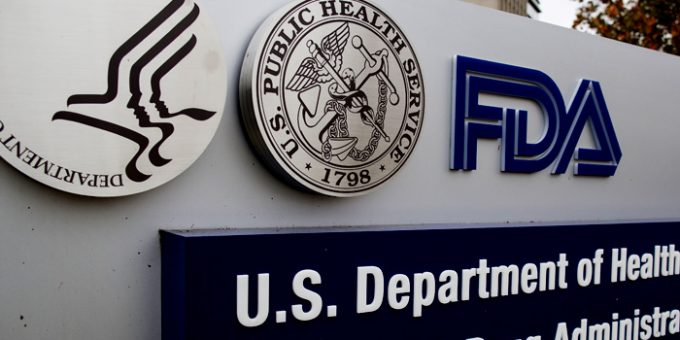
WASHINGTON, D.C. – Today, the U.S. Food and Drug Administration (FDA), the U.S. Department of Agriculture (USDA), and the U.S. Environmental Protection Agency (EPA) announced the “National Strategy for Reducing Food Loss and Waste and Recycling Organics” as part of President Biden’s whole-of-government approach to tackle climate change, feed people, address environmental justice, and promote a circular economy.
The strategy released today provides tangible goals that the U.S. government partners with retailers and consumers can work towards to help further prevent the loss and waste of food, increase recycling of food and other organic materials to support a more circular economy for all, reduce greenhouse gas (GHG) emissions, save households and businesses money, and build cleaner, healthier communities. This strategy is also a deliverable in the Biden-Harris Administration’s National Strategy on Hunger, Nutrition, and Health, released in conjunction with the historic White House Conference on Hunger, Nutrition, and Health in September 2022.
“The FDA is committed to completing the actions outlined in the National Strategy that incentivize and encourage food loss and waste prevention and organics recycling,” said FDA Commissioner Robert M. Califf, M.D. “Along with the FDA, USDA and EPA efforts, U.S. consumers and retailers play an important role in meeting the National Strategy’s goal of reducing food loss and waste by 2030. As part of the release of this Strategy, the FDA has made important resources available to guide, support, and accelerate their food loss and waste activities including the 2022 Food Code, Tips to Reduce Food Waste and the Food Loss and Waste Social Media Toolkit. We encourage all stakeholders to take advantage of these resources as we work together to reduce food loss and waste.”
“USDA is committed to reducing food loss and waste, facilitating many programs and activities to assist farmers, producers, communities, and businesses,” said U.S. Agriculture Secretary Tom Vilsack. “This National Strategy charts a course to reduce our nation’s food loss and waste by 50% by 2030, and I am proud of the actions outlined for USDA and our Federal partners. Everyone has a role to play in reducing food loss and waste, and I hope that these federal commitments will inspire and catalyze action in the private sector and communities around the US.”
“Each year, too much food produced in the United States ends up in landfills instead of on dining room tables. This hurts our economy by raising the cost of food and contributing to climate pollution,” said EPA Administrator Michael S. Regan. “The National Strategy we are announcing today provides a comprehensive set of actions that the Biden-Harris Administration will take to reduce waste and protect our environment while improving food security and saving money for families and businesses.”
The strategy highlights four objectives:
Objective 1: Prevent food loss.
Objective 2: Prevent food waste.
Objective 3: Increase the recycling rate for all organic waste.
Objective 4: Support policies that incentivize and encourage the prevention of food loss and waste and organics recycling.
For each objective, the strategy highlights actions that the FDA, USDA or EPA could take.
Examples of specific FDA actions include:
- Administer a mandatory pre-market review program and update its Guidance for Industry to assist manufacturers in developing innovative new packaging products that reduce food loss and waste such as biodegradable/compostable packaging.
- Continue surveillance activities to monitor the market disappearance of PFAS coatings from paper packaging.
- The FDA and USDA will contribute date labeling and food safety advice to inform EPA’s national consumer education campaign.
- Continue working with the food industry to advance the goals under the FDA New Era of Smarter Food Safety initiative to support and encourage supply chain stakeholders to adopt and leverage tech-enabled digital tracing technologies to remove contaminated foods more rapidly and accurately from the marketplace while simultaneously reducing food loss and food waste associated with contamination events.
- Encourage uniform adoption of food donation practices updated in the Food Code, which provide consistency and uniformity for public health officials.
This effort will also provide social and economic benefits, including the potential to increase food access for food-insecure Americans and increase the recovery rate and donation of wholesome food (such as through the emergency food system), create new jobs, industries, and sectors of the economy, increase supply chain resiliency, and deliver financial savings to households, which can also help address the needs of underserved communities.



